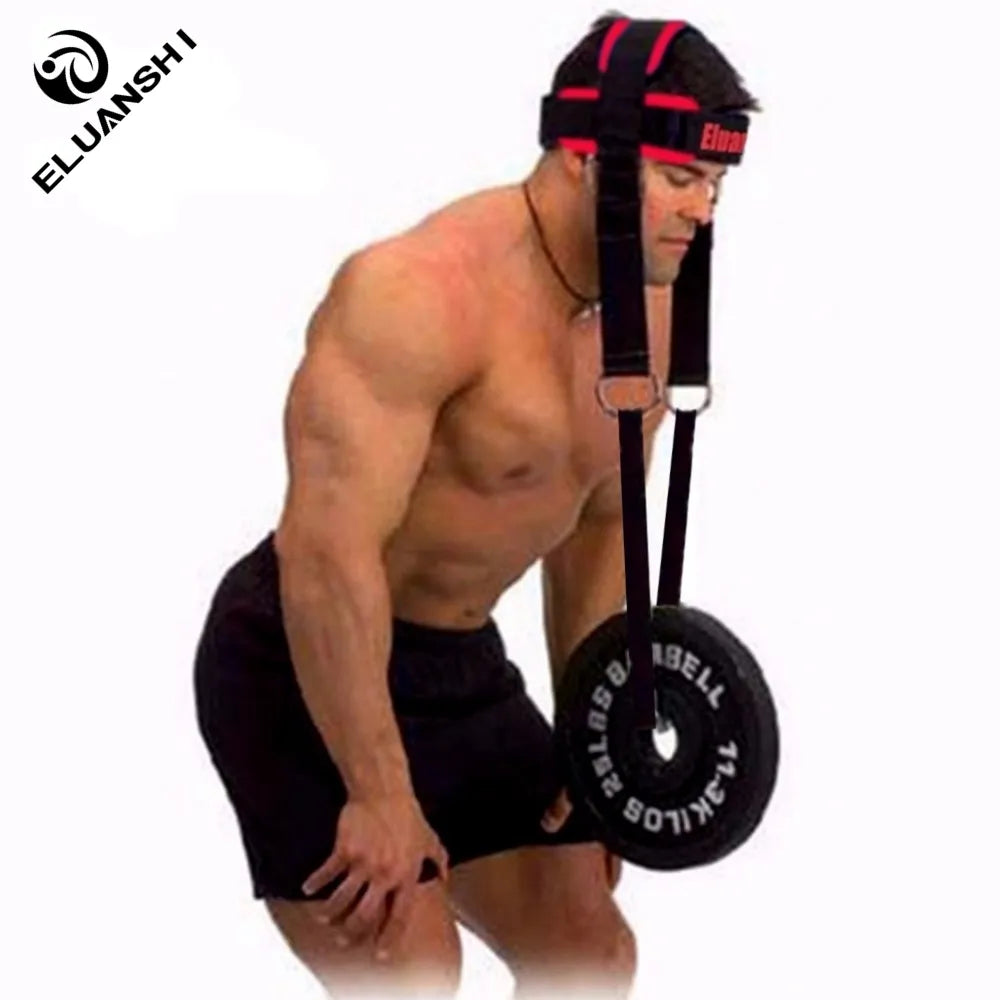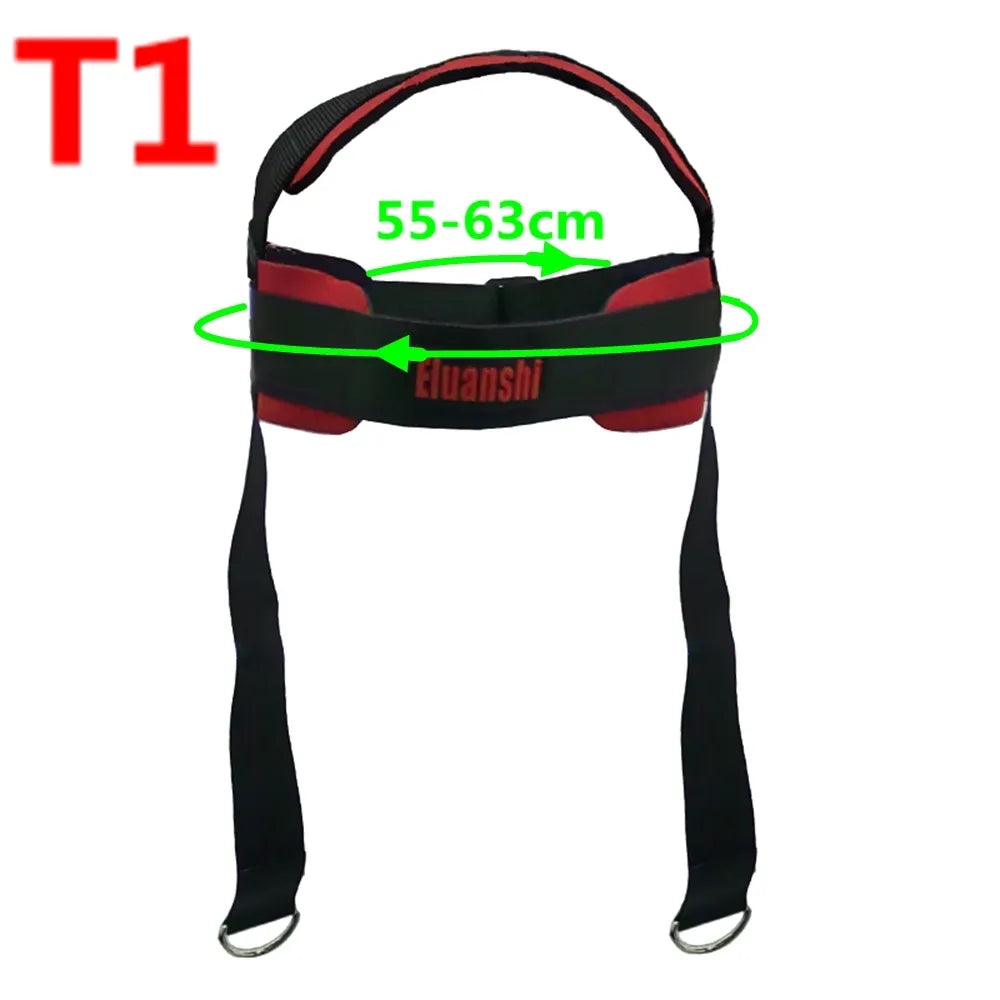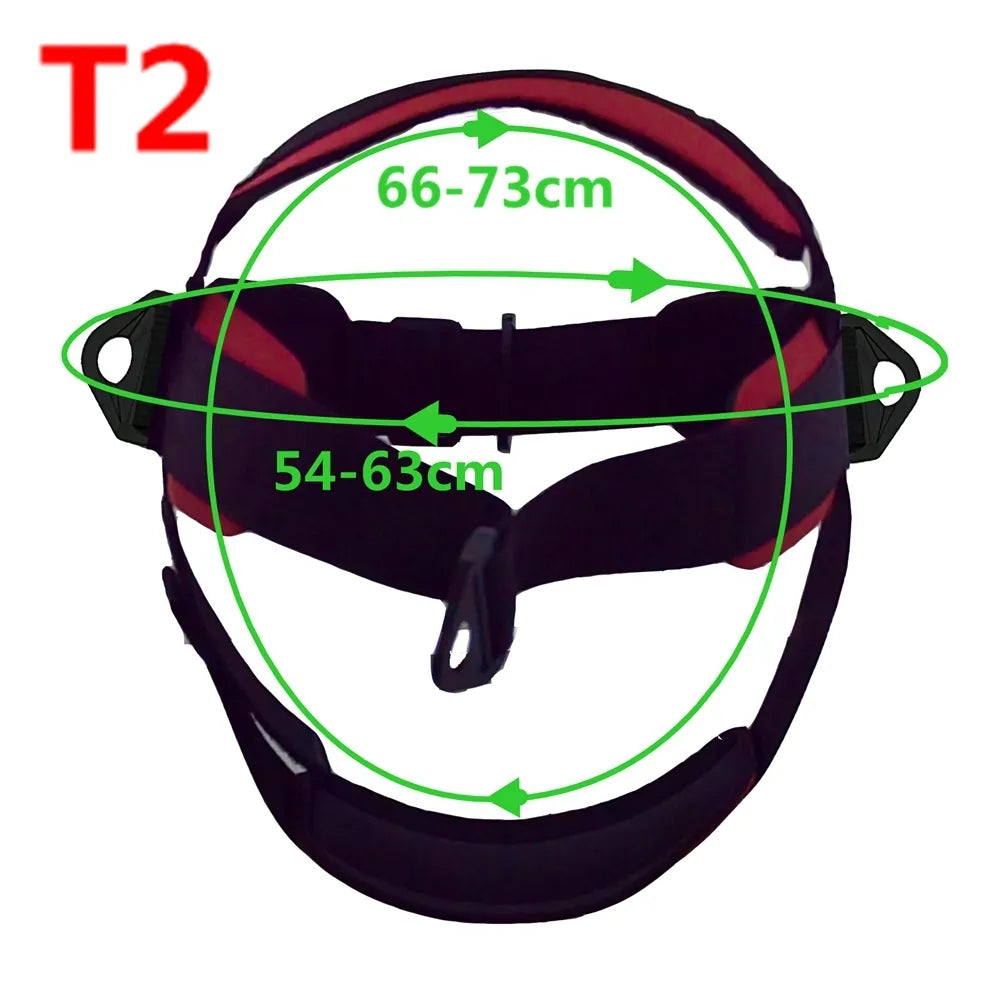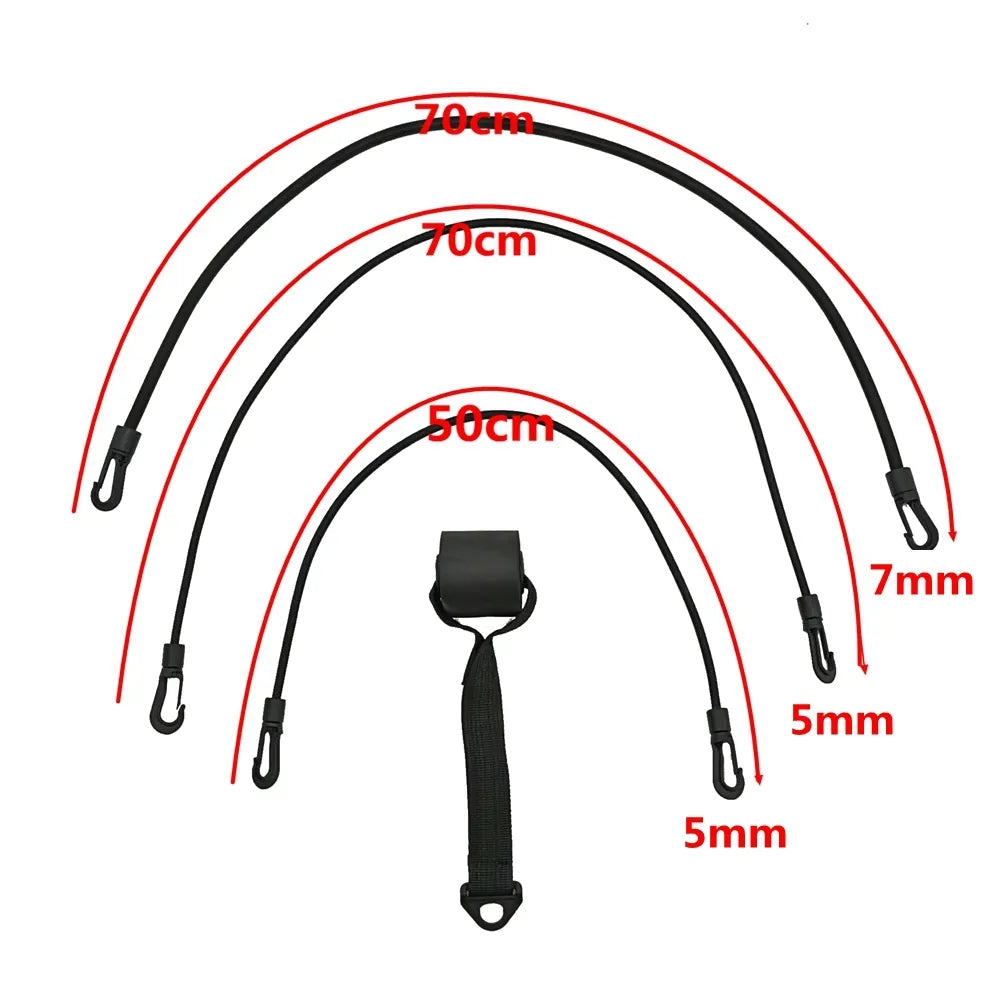Amazing Neck Weightlifting
Amazing Neck Weightlifting
Couldn't load pickup availability
SPECIFICATIONS
Neck weight lifting refers to a targeted exercise routine that focuses on strengthening and toning the muscles in the neck and upper back region. It involves the use of specially designed weights or resistance bands to provide resistance and challenge the neck muscles.
During neck weight lifting exercises, individuals typically strap weights around their head, securely positioning them around the back of the neck. Alternatively, resistance bands can be used by attaching them to a stationary object, such as a door frame, and then looping them around the back of the head. These weights or bands are added to engage and intensify the workout.
The exercises themselves involve various movements and positions, such as neck extensions, lateral flexions, and rotations, which target specific muscles in the neck area. These exercises are performed with controlled movements and repetitions, gradually increasing the difficulty and resistance over time.
Neck weight lifting is beneficial for individuals looking to improve their posture, increase neck strength and flexibility, and alleviate muscle tension and pain in the neck and upper back area. It can also be a valuable addition to the training regimens of athletes involved in contact sports or activities that require strong neck muscles, such as boxing or wrestling.
Before starting any neck weight lifting routine, it is important to consult with a professional trainer or healthcare provider to ensure proper technique and safety. It is crucial to start with lighter weights and gradually progress to heavier weights over time to avoid strain or injury. It is also recommended to perform a thorough warm-up to prepare the muscles and joints for the workout and to incorporate stretching exercises to maintain flexibility.
Overall, neck weight lifting is an effective way to specifically target and strengthen the muscles in the neck and upper back area, improving overall neck stability and function.
 |
 |
 |
 |
 |
 |
 |
 |
 |












